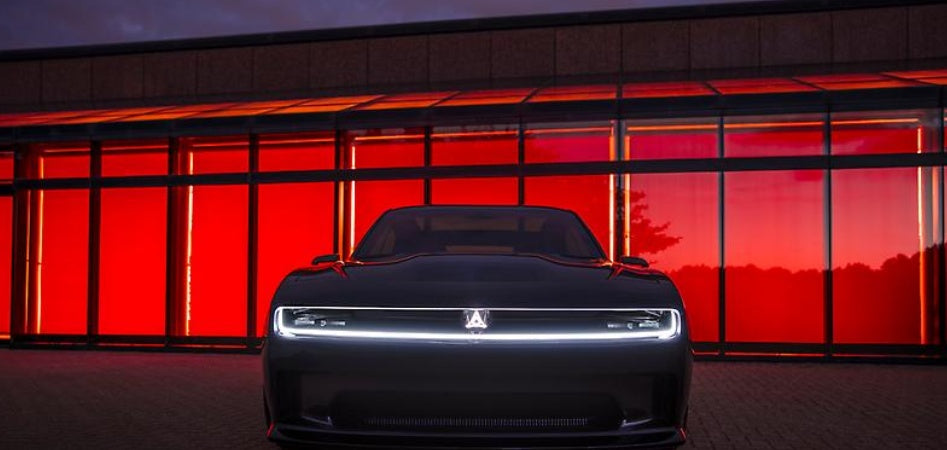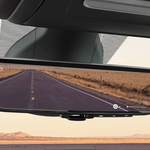
After discontinuing the Dodge Charger and Challenger, Dodge introduces an electrified Charger Daytona SRT.
Only 3 days after announcing 2023 as the last year of production of the Dodge Charger and Challenger, the car maker debuted their Dodge Charger Daytona SRT Battery Electric Vehicle (BEV).
Designing an electric vehicle represents a challenge every automobile manufacturer now accepts. Dodge, though, has a reputation for creating performance muscle. Simply cramming a battery into a specialized frame won’t cut it with Charger and Challenger enthusiasts.

The Dodge Daytona SRT Concept BEV goes beyond just electrification, and seeks to replicate the traditional muscle car experience. Consumers will hopefully one day get to determine Dodge’s level of success.
“The Dodge Charger Daytona SRT Concept exists because performance made us do it,” said Tim Kuniskis, Dodge brand chief executive officer – Stellantis. “Dodge is about muscle, attitude and performance, and the brand carries that chip on its shoulder and into the BEV segment…
Dodge designers and engineers made every effort to replicate the internal combustion engine experience.
An electric muscle car discussion should start with the propulsion system. Dodge developed an 800V propulsion system known as Banshee. The system comes standard with an all-wheel-drive system that the company claims out-performs the ICE Hellcat version in certain measurables.

The concept muscle car includes 3 patent-pending innovations:
-
R-Wing: A unique aerodynamic pass-through design feature that connects the concept with its iconic Dodge Daytona namesake
-
Fratzonic Chambered Exhaust: Industry-first BEV exhaust, can reach 126 dB, making it as loud as a Hellcat-powered Dodge
-
eRupt: Multi-speed transmission with an electro-mechanical shifting experience that’s pure Dodge
The eRupt multi-speed transmission with electro-mechanical shifting delivers distinctive shift points. The Charger Daytona SRT Concept also boasts a PowerShot push-to-pass feature. Activated by the push of a button on the steering wheel, PowerShot delivers increased horsepower for a quick burst of acceleration.

Dodge epitomizes the meaning of muscle cars, and a powerful exhaust exemplifies a muscle car. So Dodge did something no other EV maker has done, added exhaust to an electric vehicle. Their patent-pending Fratzonic Chambered Exhaust system generates 126 dBs of muscle car roar— a sound level that equals the SRT Hellcat.
The Fratzonic Chambered Exhaust pushes its performance sound through an amplifier and tuning chamber located at the rear of the vehicle.
The R-Wing front end design allows air to flow through the front opening, enhancing downforce. Carbon-fiber intakes tucked into both sides of the front and rear lower fascias provide an air curtain to assist in aerodynamic performance.

The front grille stands out with cross-car illuminated lighting centered by a white illuminated Fratzog badge. The three-pointed Fratzog badge was originally featured on Dodge muscle cars from 1962 through 1976.
The Dodge Charger Daytona SRT Concept’s interior is modern, featuring a 12.3-inch center screen, the largest featured in a Dodge vehicle. The screen angled ten degrees towards the driver creates a cockpit feel much like the Corvette.

An 8-by-3-inch Head-up Display (HUD) puts additional vehicle information where the driver needs it.
The Charger Daytona SRT Concept’s cockpit immerses the driver through performance sounds, lighting features and vehicle displays.
The Dodge Charger Daytona SRT Concept vehicle looks much closer to being ready for production than just filling the role of a cool concept. With the introduction of the Dodge Hornet as a production first-test run, it probably will only be a matter of time before consumers will have an opportunity to own a production version.
![banner right]()
![banner right]()
















